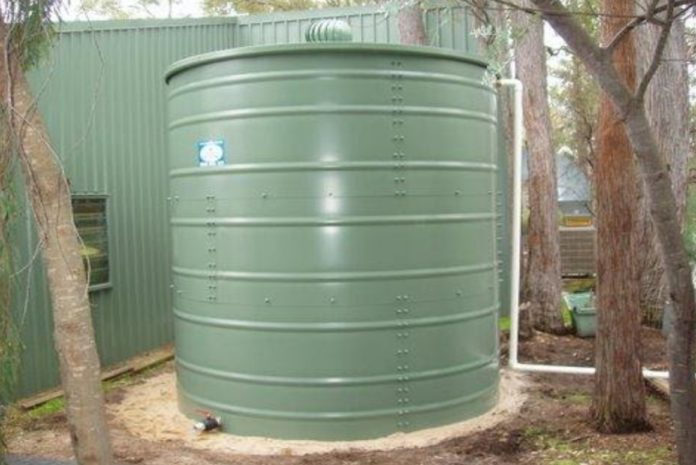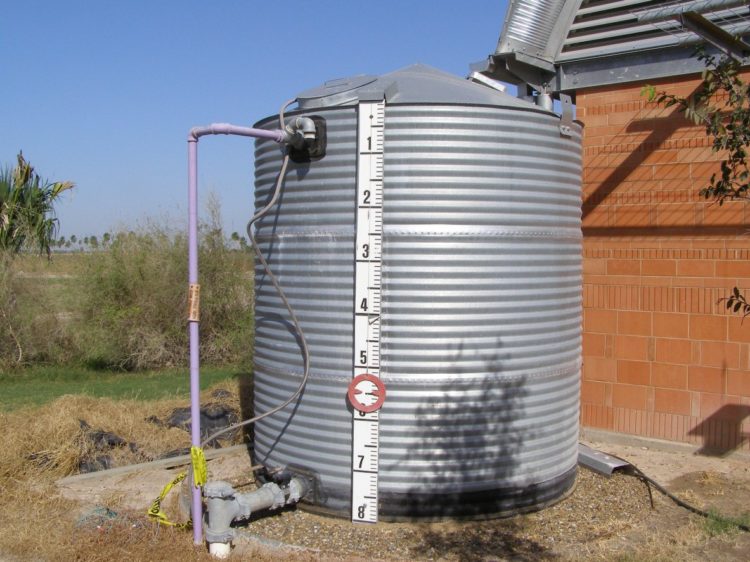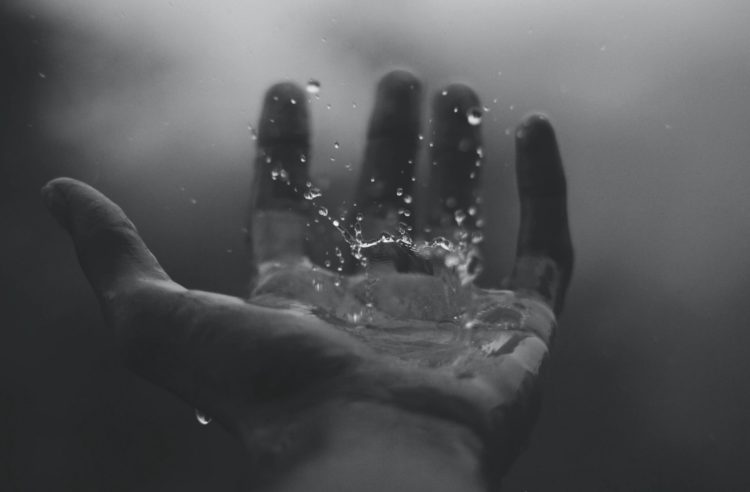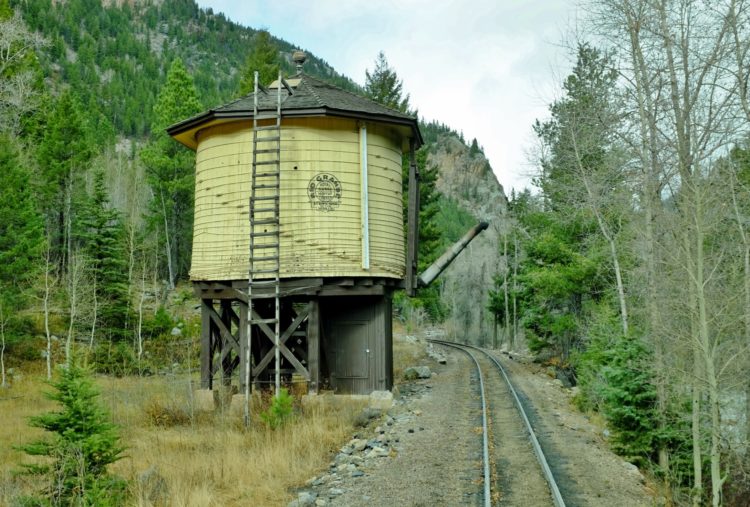
The use of water tanks for harvesting rainwater used on irrigation and other purposes is a common practice and is done to reduce the use of groundwater. Rainwater harvesting systems are widely used in agricultural areas and in places where groundwater is scarce. It is also used as a backup water supply during a water shortage or drought.
But like all other things, there are advantages and disadvantages to harvesting rainwater. It is crucial to weigh its pros and cons to avoid long term damage to your crops. Understanding its benefits and risks is also vital to ensure that you won’t spend too much on something that won’t help you in the long run.
The Advantages of A Rainwater Tanks

Maintenance
Using a rainwater harvesting system can save you time and effort in maintenance. The overall cost of the operation is much lesser than water purifying and pumping systems. Once the system is installed and starts operating, you no longer need to invest more money for maintenance.
If you are going to use the rainwater that you collected for the sole purpose of irrigation, you do not need to spend money for purification. In terms of irrigating your agricultural lands, installing a rainwater harvesting system will be your best choice.
Reduce Water Bill
Since rainwater is free, expect a decrease in your water bill once you start using your rainwater system. Irrigation requires tons of water, which would result in a skyrocket of your water bills.
Aside from irrigation, you can use this collected rainwater for other non-drinking uses that can help further decrease your water bill. By saving tons of dollars from water bills, you can have the capability to use the saved money for something that can give you a return of investment.
Water Conservation
Collecting rainwater will reduce the use of groundwater as well as help decrease water wastage. As a result, it can help with the conservation of groundwater, which is usually used for drinking. When the human population increases, the demand for water increases with it.
Rainwater harvesting system not only helps with groundwater wastage but also helps with the reduction of wastage in rainwater. Rainwater that is not collected on water reservoirs gets wasted. Imagine how many tons of water go to waste every year. However, with the help of this system, rainwater wastage will decrease by half, if not more.

Multi-Purpose Usage
The rainwater harvesting system is not only useful for irrigation. There are many places that, despite having adequate rainfall, still experience water shortage. As a solution to their problem, a rainwater harvesting system is installed to help cope up with the demands of the community.
The water collected by the system is used for non-drinking functions, while the available groundwater is collected for drinking purposes. By doing this, the people living in that area will have an adequate water supply.
However, before purchase, make sure that the size you choose is just enough for your needs. Heritage Tanks, among others, offer different tank sizes that can be chosen to suit a specific purpose.
The Disadvantages of Rainwater system
Rainfall Dependency
If you live in a place where rainfall is insufficient, your system will be a complete waste of time and money. A water collecting tank is only useful in areas that have adequate rainfall. Even in regions that experience unpredictable rainfall all year round would find this system unusable.
If you want to install a rainwater system as irrigation for your agricultural lands, then make sure that you are situated in an area where rainfall occurs frequently. If not, then think of another way to help you with the irrigation system.
Installation Cost
The installation cost for rainwater harvesting tanks can be very expensive. The cost of installation will depend on the technology used and the size of your system. Installing a rainwater harvesting system costs almost the same as installing solar panels. Hence, not everyone is capable of converting to use renewable energy.
Possible Chemical Mixing with the water
Some of the roofing used in building rainwater tanks may seep in chemicals that can harm your plants. Insects, animal droppings, and dirt can also accumulate in it, which will pose harmful risks to your agriculture.

Limitation
The size of the storage may affect the amount of rainwater collected. During rainy seasons, the size of your water tank may not be able to sustain all the water, which will end up wasted. You will have excess rainwater pouring through the drainage and rivers.
Opting for larger water tanks to sustain all the rainwater during this season will require a bigger space. If you have a wide area to install your extensive rainwater harvesting system, the next problem you are going to face will be the cost.
Takeaway
Everything has advantages and disadvantages, even rainwater harvesting systems. What’s important is that you know how to balance and factor out what is best for you. A lot of people use rainwater storage tanks all around the globe. Whether it is for irrigation or not, so far, it benefited them in many ways.











